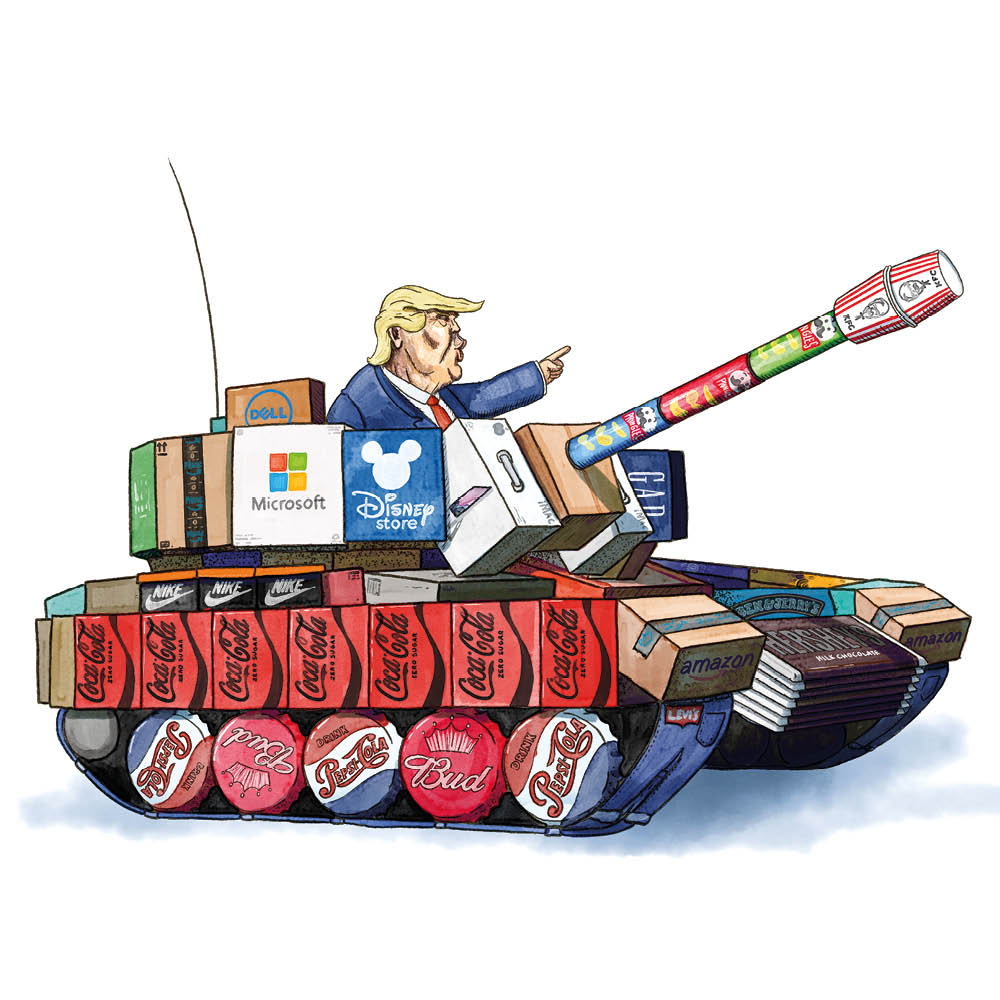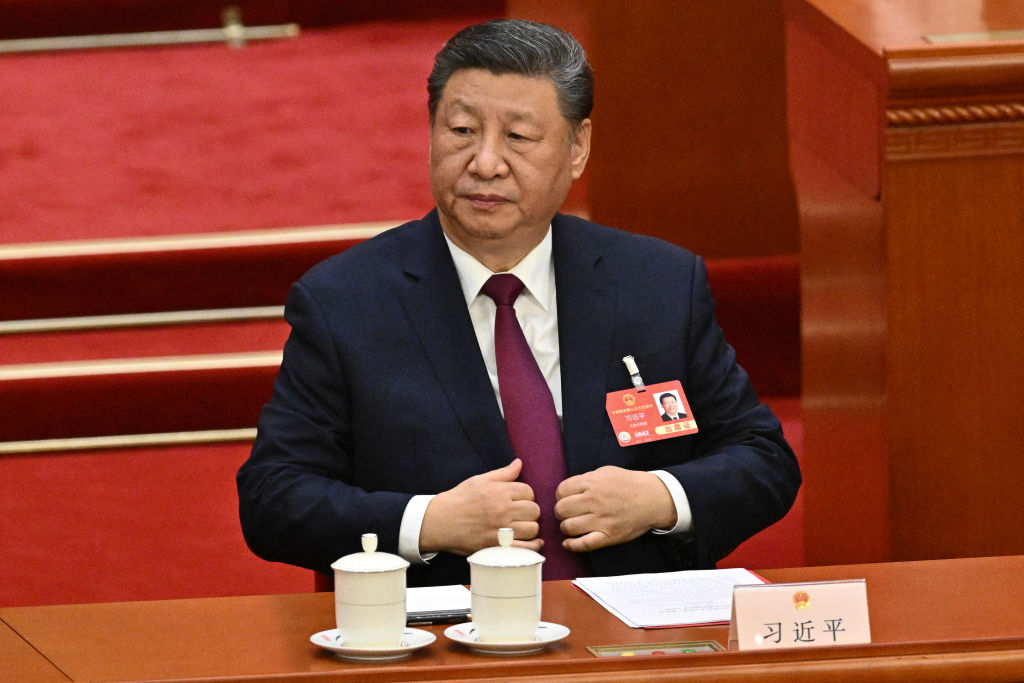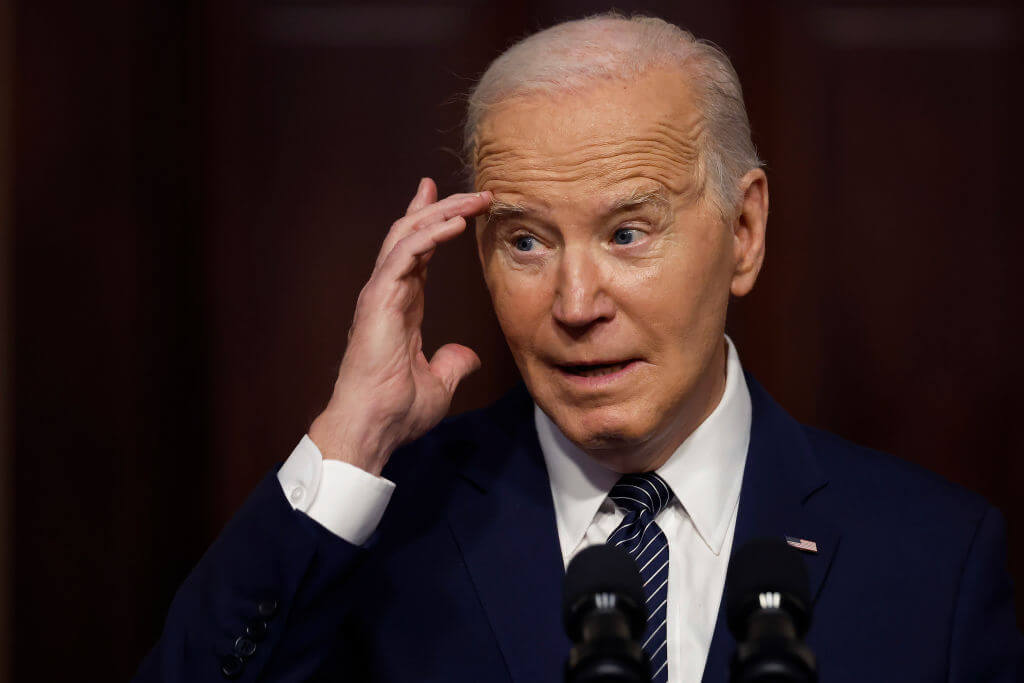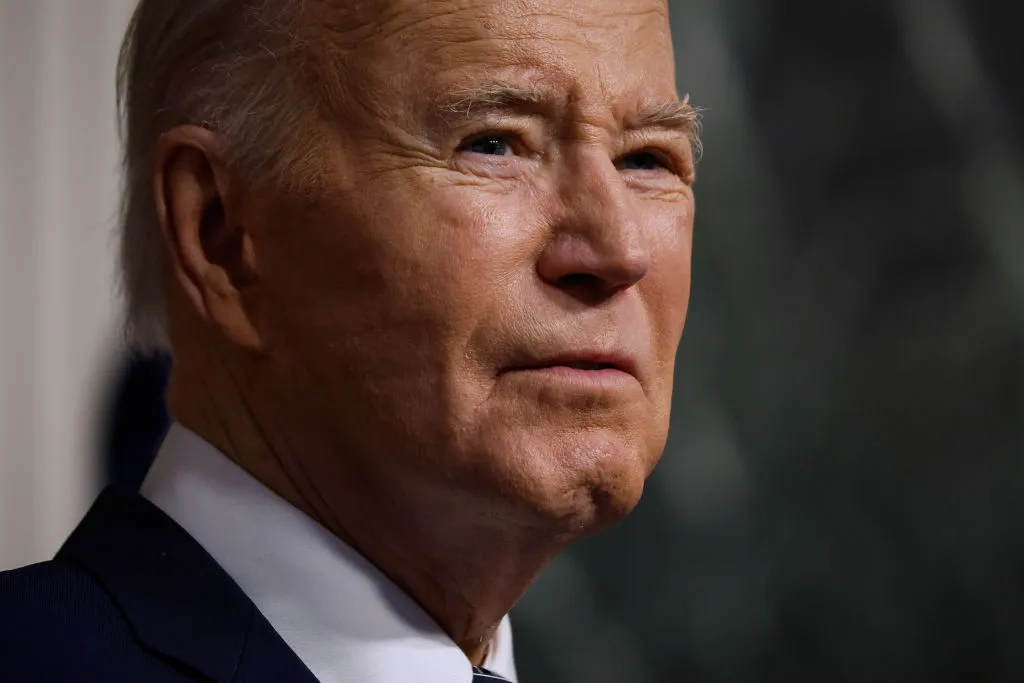We already knew that most economists are quite bad at economic policy. Unfortunately, foreign policy appears not to be much of a strength either. Indeed, it appears most financial experts may not even know the difference, based on their criticism of Donald Trump’s tariffs.
Of course, a nation can introduce tariffs to generate revenue, promote domestic production, shift international supply chains and “decouple” itself from an undesirable trading partner. But a nation can also use tariffs as powerful leverage to make other states change their behavior. That is a negotiating tariff, not an economic one, and it is designed not to minimize potential domestic pain but to maximize potential cost for the counterparty.
Sudden and unpredictable actions can enhance, rather than detract from, the strategy’s effectiveness. And this is precisely how the Trump administration operates.
In Trump’s first week back in the White House, when Colombia rejected two US military aircraft repatriating illegal immigrants, the president responded by threatening to impose immediately a 25 percent tariff on all Colombian goods (rising to 50 percent after one week) and to restrict travel of Colombian officials. Within hours, Colombia’s president caved.
Actual cost to the United States? $0. That the United States had no economic quarrel with Colombia, and that imposing the tariff would have done little to nothing for the American economy, is entirely beside the point.
Something similar has happened with Mexico and Canada. While experts spent many hours weighing up the trade balances north and south of the US border, the February 1 White House fact sheet announcing the 25 percent levies explicitly framed the policy as “addressing an emergency situation” and “using our leverage.” Nothing in the document indicated an economic focus. Sure enough, within twenty-four hours of the announcement, Mexico’s president Claudia Sheinbaum and Canadian prime minister Justin Trudeau had both telephoned Trump and agreed to his demands on immigration controls and clamping down on the supply of the illegal drug fentanyl.
Anyone criticizing Trump’s action as a poorly designed economic tariff, or using it as evidence that economic tariffs have high costs and low benefits, is offering talking points rather than useful analysis. So is anyone applauding Trump’s action as a well-designed economic tariff, or claiming it will deliver excellent economic results. Think of a negotiating tariff like an embargo or a loan — an economic tool of statecraft used to advance foreign policy aims. Evaluate it on that basis. The policy toward Mexico and Canada was ill-designed to achieve economic objectives but well-tailored to work as a negotiating posture.
Once you understand that you begin to see why Trump announced a lower 10 percent tariff on his real economic target: China. The United States already imposes tariffs on China and the latest action includes elimination of the de minimis exception for low-value packages, which would hit China especially hard.
As a new status quo, the threatened arrangement across all three countries would make little economic sense. On the other hand, extracting concessions from Canada and Mexico quickly, while going forward with a new 10 percent tariff and no de minimis exception for China, would be a very good economic outcome.
So while the headlines are about “trade wars,” the real question is how President Trump’s aggressive strategy will alter the terms of US relationships with friends and foes alike. Trump has made very clear that he wants to move the United States away from a post-Cold War operating model of benevolent hegemon and shift instead to a model where America focuses on its own interests, and relationships with other countries must serve those interests first and foremost.
Key members of his economic team have emphasized this point. “We are going to have to have some kind of a grand global economic reordering,” said Scott Bessent, now US secretary of the Treasury, in June. “I’d like to be a part of it.” In a paper published in November, Stephen Miran, nominated to be chair of the White House Council of Economic Advisors, wrote of the need for policy that “improves burden sharing,” noting that “tariffs will likely be implemented in a manner deeply intertwined with national security concerns.”
This requires a significant change in mindset for all involved. For decades everyone has assumed that the US will operate on the world stage with both arms tied behind its back, in this magnanimous way — premised on a belief that promoting the liberal world order will ultimately work out best for everybody, the US included. Unfortunately, that has not worked out well for the US.
The message from Team Trump is loud and clear: we are not going to bear burdens for everybody else anymore. Other countries are going to have to start working from different assumptions and anticipating different challenges and trade-offs.
You can still be very good friends and allies with a country that’s pursuing its own interests first, but you have to recognize and respect what those interests are. There are many different theories regarding the best way to start down the path toward dramatic change. Do you try to change the game incrementally through small steps, or do you flip over the board and scatter the pieces? In a lot of areas, Trump has shown a strong inclination to take that latter course: to break the status quo, not to reform it. Obviously, there are short-term disruptions and costs associated with that approach, but that doesn’t necessarily make it wrong.
That said, if the goal is to change behavior, the tariff-imposing government has an obligation to communicate its demands clearly and maximize leverage in service of those demands.
Here, the actual demands remain unclear at best. Are the tariffs just about border security? Or is the goal to reset the global order? What are other countries — Canada in particular — supposed to do differently?
The sudden, sharp imposition certainly maximizes pain, on both sides, but not in a way that encourages capitulation. For both Canada and Mexico, a clear schedule of gradually increasing tariffs, paired with a clear set of objectives and milestones that must be reached to postpone them, would be preferable.
The United States does not benefit from crippled allies. Shooting first and asking questions later is bad economic policy and bad diplomacy.
The US should be working toward anchoring a free-trade bloc centered in its own hemisphere and including allies around the world similarly committed to the principles and legal framework of democratic capitalism. Participation in the bloc would require adhering to US-defined requirements that ensured balanced trade, the revitalization of American industry and the exclusion of China and its producers from supply chains and markets.
Thus, all nations in the bloc would need to maintain parallel financial and trade barriers to entry for any nation outside the bloc. China would presumably have a bloc of its own, and those countries would likewise maintain barriers to entry for the American bloc.
While the end goal might be low tariffs among allies, the US can likely get from the current system to the future one only through an intermediate step that threatens and even imposes tariffs worldwide before offering relief from them for nations that agree to the terms. Liberal internationalists might ask why other countries would agree to America’s terms if America treats them badly. The answer is that doing so will be in their interest, especially when compared with the alternative of falling into the Chinese sphere or being excluded from both.
In his November paper, Miran cites a proposal from Bessent for “putting countries into different groups based on their currency policies, the terms of bilateral trade agreements and security agreements, their values and more… These buckets can bear different tariff rates, and the government can lay out what actions a trade partner would need to undertake to move between the buckets.”
According to Bessent, “more clearly segmenting the international economy into zones based on common security and economic systems would help… highlight the persistence of imbalances and introduce more friction points to deal with them.” To that point, Miran has added: “Countries that want to be inside the defense umbrella must also be inside the fair-trade umbrella.”
Sometimes the board must be flipped, but that does little good without an idea of how to set it back up. And best not lose the pieces, if you ever want to play again.
This article was originally published in The Spectator’s March 2025 World edition.























Leave a Reply